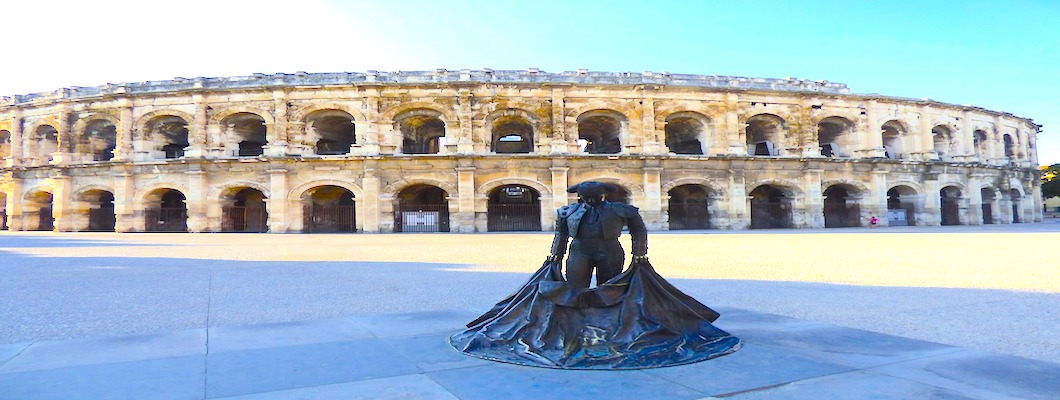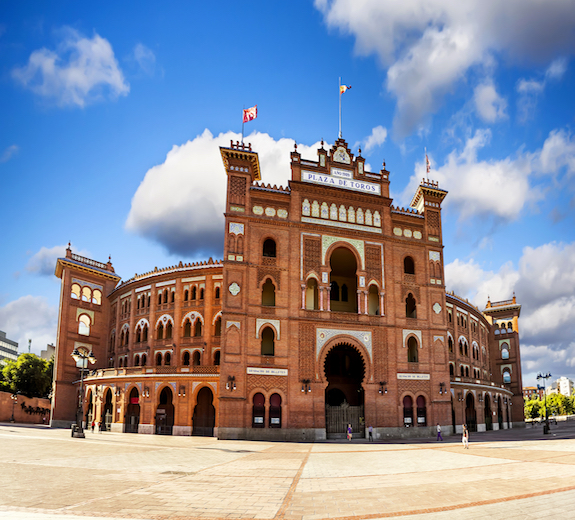Bullfighting
One of Spain’s oft discussed traditions in other parts of the world is Bullfighting, a cultural tradition that is in part art, costume, performance and drama, and part a controversial animal killing sport.
Bullfighting has been a part of Spanish culture for thousands of years and draws huge crowds of several thousand every week to stadiums to watch the matadors and toredors engaged in a battle of wits with a bull.
Bullfighting was once conducted on horseback by members of the aristocracy but in the early part of 16th Century, the King of Spain banned the upper class from involvement in the sport. It was subsequently adopted as a sport by the peasants, who without the means to employ horses, fought on foot instead, as the bullfighters of the current day do.
Popular support has dwindled in recent years however and events are no longer as widespread. Animal Rights campaigners are vocally against the tradition and the international sentiment is not generally one of support.
Bullfighting may be watched at live events every summer in Andalucia and Madrid, but the local authorities of Barcelona have recently voted against allowing the city to play host to bull fights.
Bullfighting Events
These usually proceed as follows: When the bull is released into the arena, a coloured cape is used to taunt the bull and make it charge. Picadors armed with barbed spears weaken the bull by driving their weapons into him. The Matador then enters the arena with a red cape, and through a combination of grace, nimbleness, athletic ability and intelligence spurs the bull to charge, dodging his advances and showing his skill to the crowd.
When this has been done and the bull has been weakened, the Matador uses a short sword plunged between the bull’s shoulder blades to strike the death blow. There is much adulation and celebration from the audience.
In the opinion of Animal rights campaigners, Bullfighting is cruel and barbaric and causes unnecessary stress and pain to the animal. Killing for sport rather than out of need, they feel is unacceptable. Though the death blow is quite quick, the injuries that the bull suffers during the fight can cause terrible and sustained pain.
However the bull’s carcass does not go waste, it is butchered and eaten, ensuring that there is no waste of life. Some supporters view the bull’s struggle as a noble way to die, especially taking into account the inhuman conditions in many abattoirs employed in meat production.
Having read arguments for and against bull fighting and gathered information on what it actually involves, you may now be in a better position to make the choice as to whether to attend a bullfight during your Spanish holiday or not.
Photo Credit:Pixabay Shutterstock

